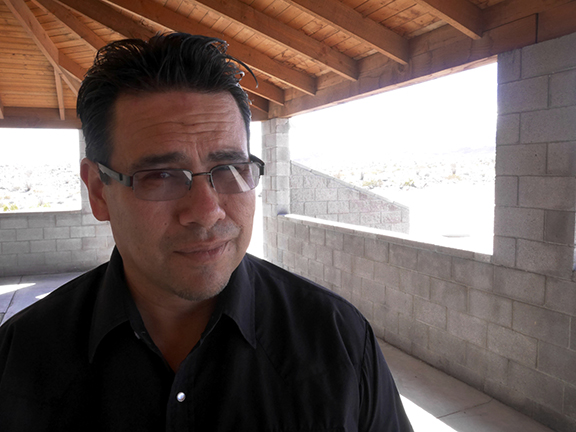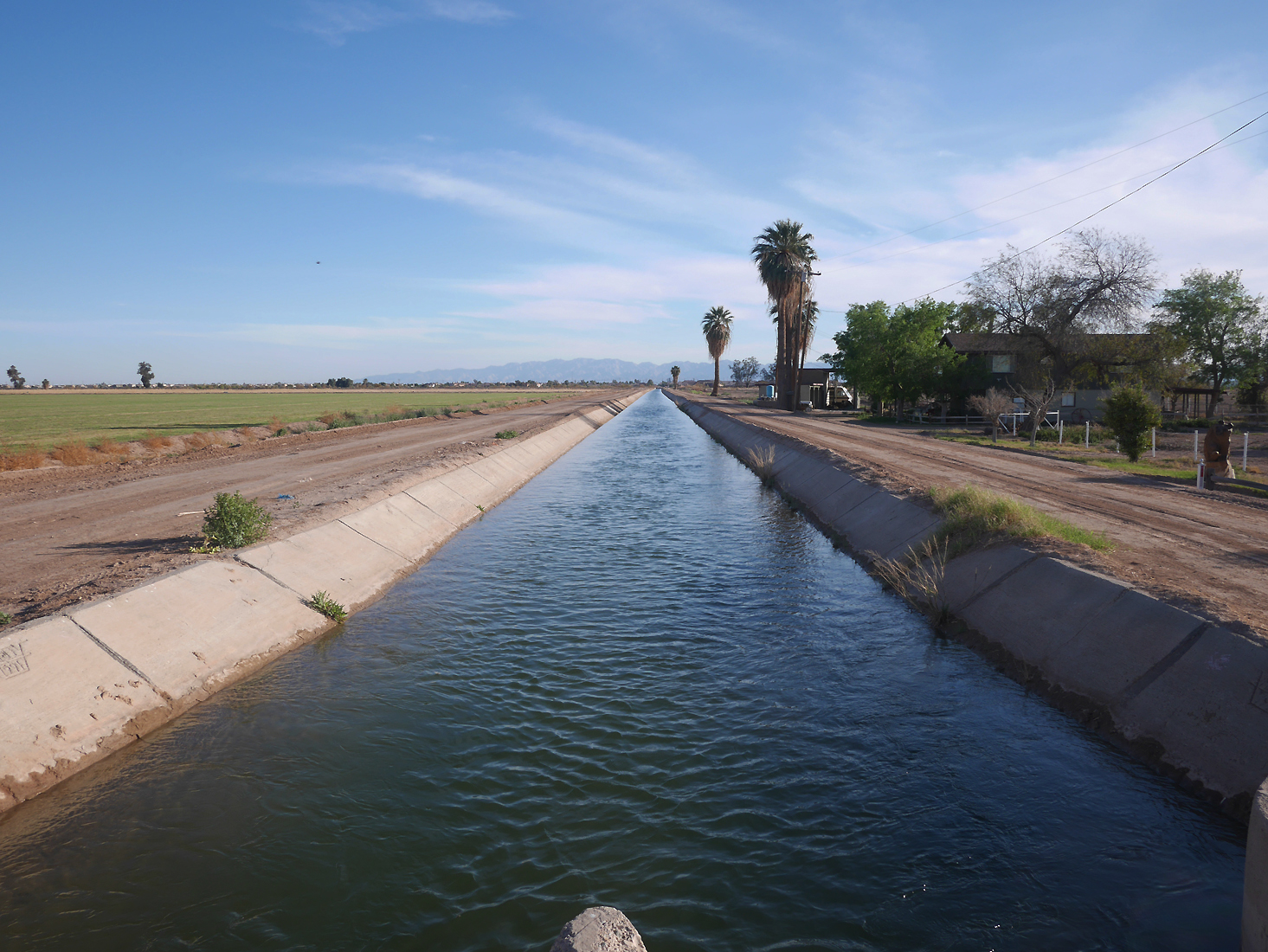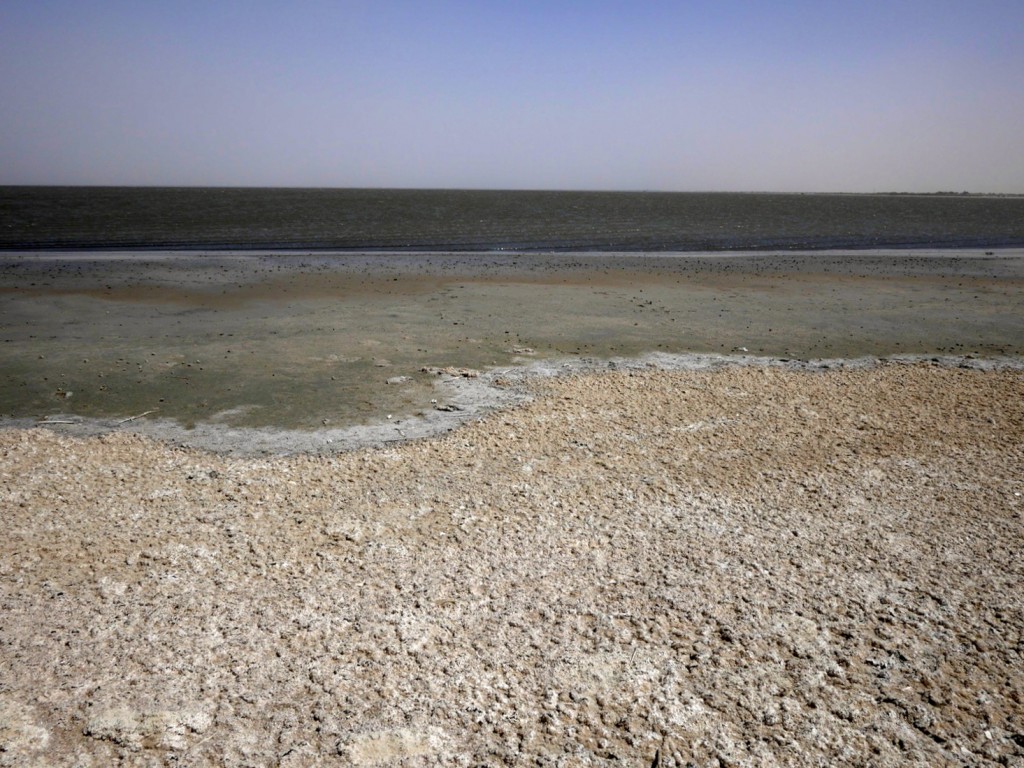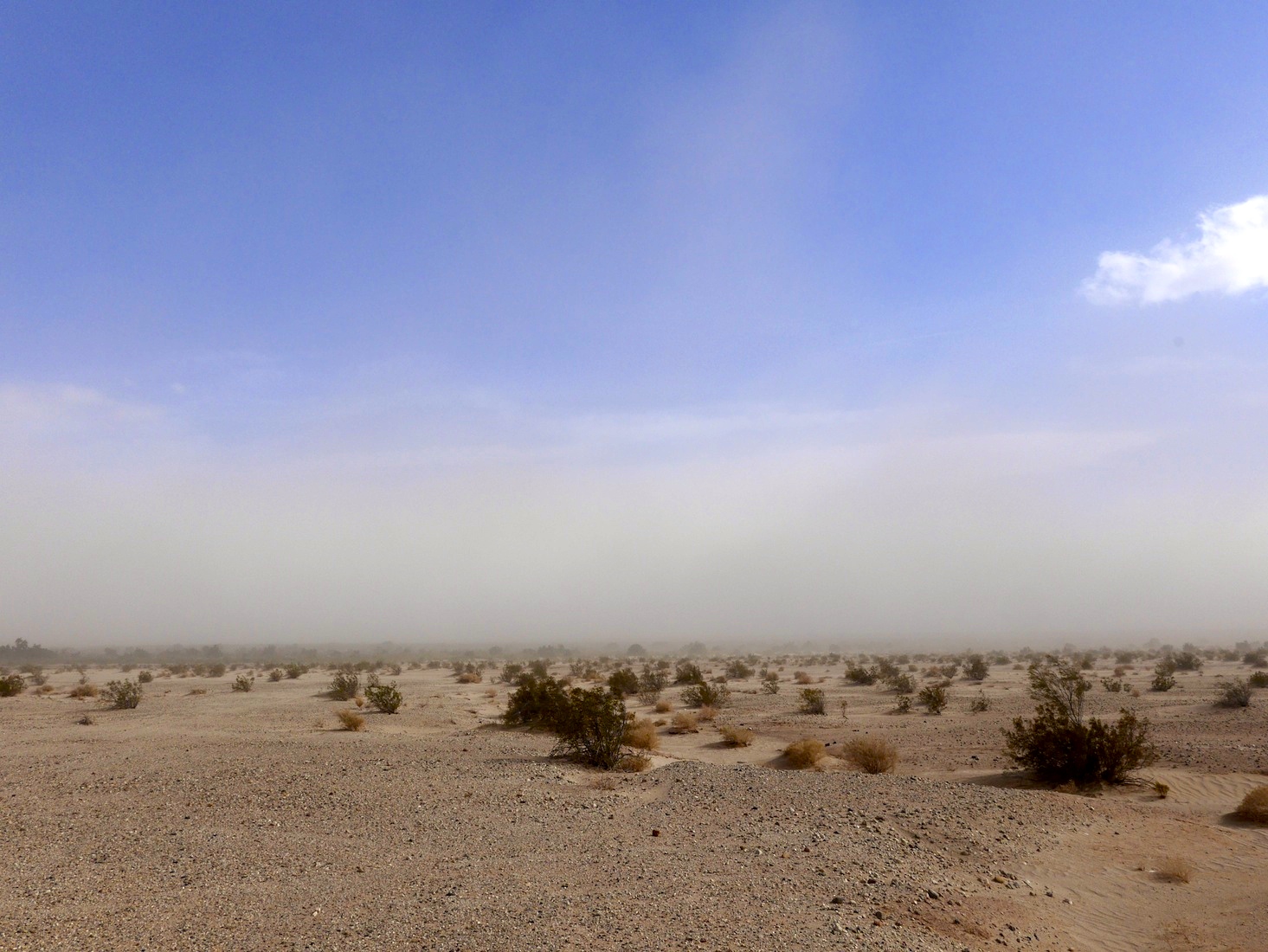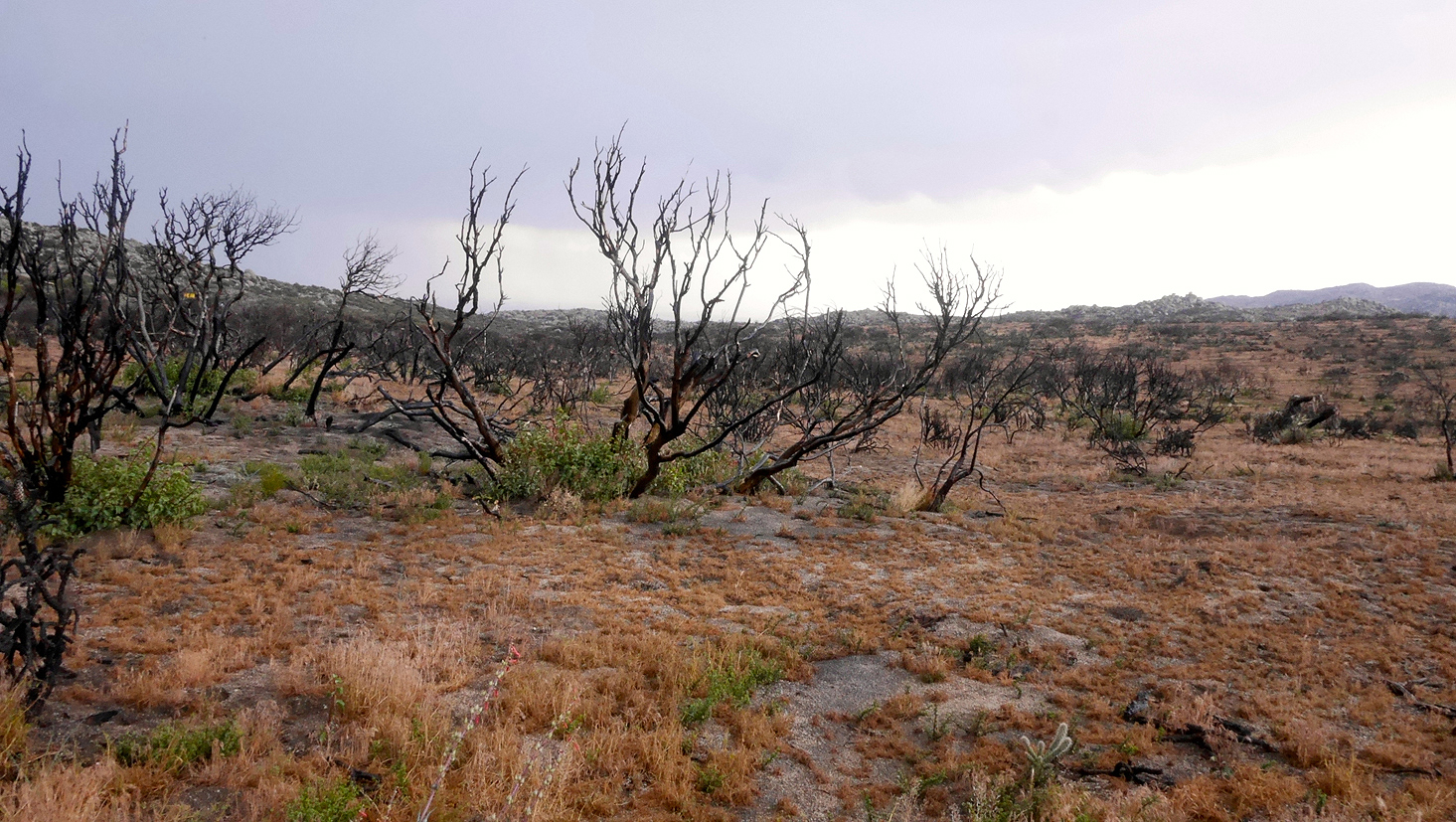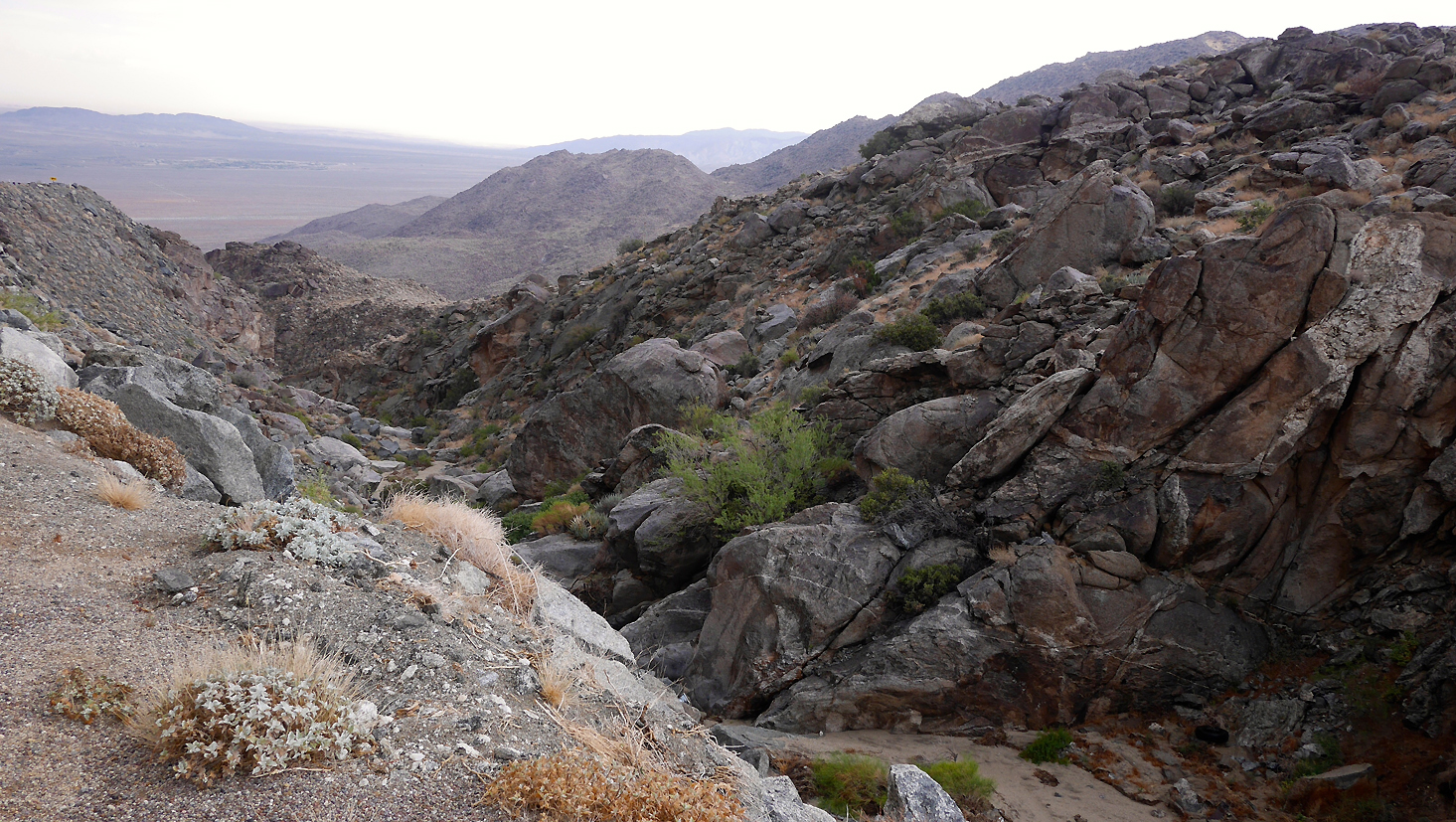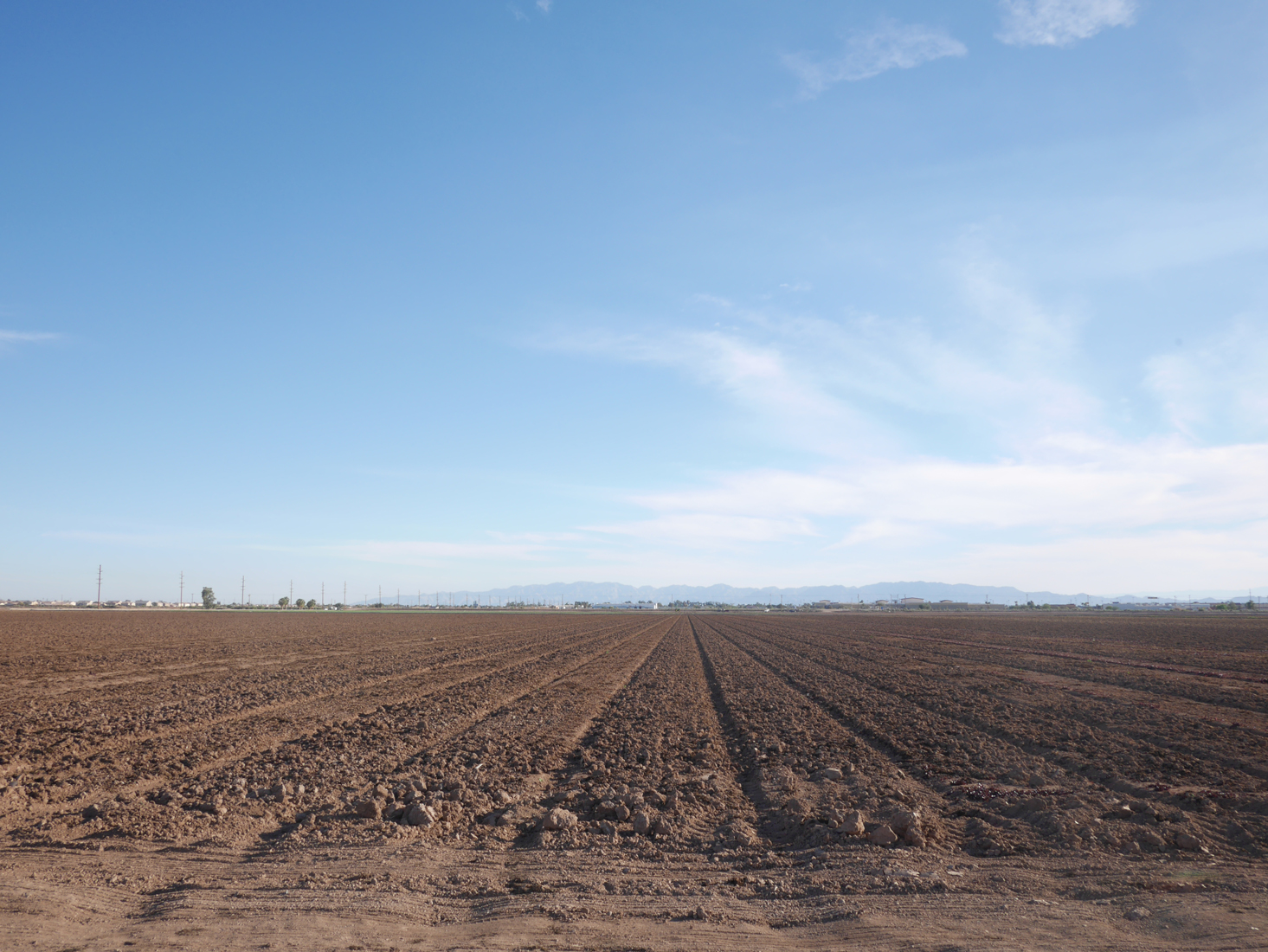Photo Gallery
Modern Stories Along the Anza Trail
Frank: Manager
Listen to an interview with Frank
Interview Text
Interviewer: Um, your name is?
Frank: Frank J. Salazar the Third.
Interviewer: And Frank, do you live here in Ocotillo?
Frank: No, I live on the Campo Indian Reservation.
Interviewer: What is, what indigenous group is that?
Frank: The Kumeyayaay People.
Interviewer: The area we’re in now, was this part of their traditional homeland?
Frank: Yes, this is definitely a winter, winter stay area, and for the Kumeyayaay
Frank: because what you had in the mountains, is the weather gets cold, so we have, basically, the most geographically diverse area of any tribe in the United States because we go from the coast to the mountains to the desert.
Interviewer: Right now, we’re at the Desert Museum here in Ocotillo. What is your relationship or your function here at the museum?
Frank: I’m the Cultural Collections and Programs Manager, and so what I do is I evaluate some of the collections that we have for any sensitivity. I also consult with my tribe on anything that might be a concern to us. Um, I was the NAGPRA Repatriation Director for my tribe, um for five years. I’ve been a senior consultant doing a consultation regarding cultural resource management and NAGPRA issues for the last twenty years.
Interviewer: Pardon me, and when you say NAGPRA, what is …?
Frank: NAGPRA is Native American Graves Protection and Repatriation Act. It was a law passed in 1990.
Interviewer: And, and give me an example of, something that might be, when you say culturally sensitive issue. What has something like that wound up being in the past?
Frank: That’s uh, like funerary ollas, pottery, things that were cremations, anything dealing with human remains.
Interviewer: Well, being as that we’re here, speaking in Ocotillo, and there was the large wind generation project that started a couple of years ago, um, did that turn up any artifacts?
Frank: Anywhere you go, from the coast all the way out, all the way out throughout the desert to Algodones Dunes south to Mexico, I mean, there’s probably, California’s got over 117 tribes so, anywhere you go, people traveled, people walked, … things people find are like monos, but a lot of those have been collected over the years…
Interviewer: And ‘mono’ is what?
Frank: Mono is a Spanish word, but it’s basically, it’s the uh, it’s for food processing. It’s the grinding stone that you crush against another stone, a larger stone, you know. And that could be any material: granite, dolomite, sandstone. Some of them, they consider mobile, where you can kind of move them around. I mean you wouldn’t want to go long distances, but some of them are the mortars. They’re holes, where you’re just in one spot. So, you’ll find those up in the mountains. You’ll find them at the base of these, um the base of these mountains right down here. You’ll find them near the coast and in inland valleys. Um, the type of pots you might see here, or in a museum in our collection, are the coil clay. That’s where you’re basically circling. It’s a coil. It’s basically exactly like it sounds. You’re coiling it and making it up into a shape. You’re hitting it with a paddle, you’re shaping it. Then, when you get a finished product, you dry it out for a little while. Then you fire it to temper it.
Interviewer: What else will you do with this particular group today?
Frank: Um, they were talking about we wanted to do a hike. So, we’ll show them, we’ll get them familiar with what the natural environment is out here, you know? And then with cactus, with the Ocotillo, some of the native plants and those plants that were for medicinally. They’re also used for shelter, fire… The different types of stones where you make tools out of stones. So you might look at the desert and go: what do you do? If someone puts you out here today, what am I going to do? How do I survive, right? We have several acres of property. So, most of the things are in this desert. We’ve got cactus here, we’ve got the Ocotillo. We got the stones, we have actually some archaeological sites, that kind of thing.
